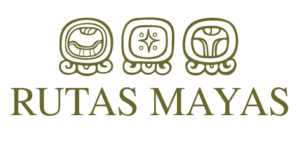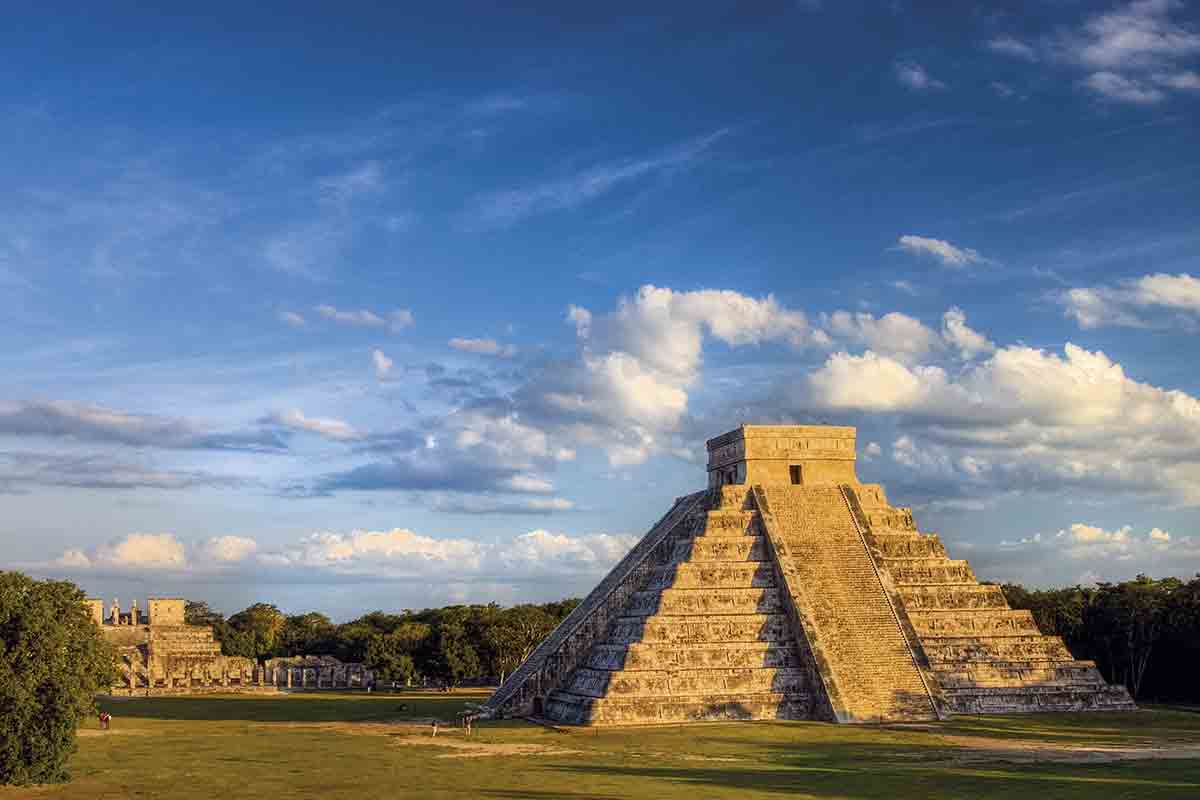All the aboriginal peoples of Central America used similar calendars. The Mayan calendar called THE LONG COUNT began its count on August 13, 3114 (relating it to our calendar). The Mayans also had an astronomical calendar, especially used for agriculture, of a lunar type that had 12.5 months, each of which had 29.2 days, equivalent to a solar year of 365.2 days. The liturgical calendar or “TZOLKIN” had the number of days of their divinities, that is, 260, distributed in 20 months. It was used especially for religious celebrations and predicted the destiny of men, in relation to the day they were born. When day 13 was reached, the cycle began again from day 1, combining the numbers with 20 names. The civil calendar or “HAAB” had 18 months, each with 20 days, totaling 360 days plus 5 days that were added to accommodate the astronomical calendar, totaling the number of days of the Earth’s translational movement. Here too, names and numbers are combined. Those 5 days were days off. Naturally, every 52 years there was a coincidence between the civil and astronomical calendars, marking a complete cycle, a time when cataclysms and catastrophes occurred.
Calendar
The Mayan civilization inhabited a vast region called Mesoamerica, in the territory of Central America, in the current territories of Guatemala, Belize, Honduras, El Salvador and in the territory today comprised of five states in the southeast of Mexico, which are Campeche, Chiapas, Quintana Roo, Tabasco and Yucatan, with a history of approximately 3,000 years.
Learn about the Mayan culture with this valuable informative guide to Quintana Roo and Yucatan, where Mayan areas are still intact and the entire mix of inhabitants coexist with tourists and local people who have come to stay in the Mexican Caribbean because here they not only enjoy the climate but also the delicious food…
All the aboriginal peoples of Central America used similar calendars. The Mayan calendar called THE LONG COUNT began its count from August 13, 3114 (relating it to our calendar). The Mayans also had an astronomical calendar, especially used for lunar agriculture, which had 12.5 months, each of which had 29.2 days, equivalent to a solar year of 365.2 days. The liturgical calendar or “TZOLKIN” had the number of days of their divinities, that is, 260, distributed over 20 months. They were used especially for religious celebrations and to predict the destiny of men, in relation to the day they were born. When the 13th day came, the cycle would start again from day 1, combining the numbers with 20 names. The civil calendar or “HAAB” had 18 months, each with 20 days, totaling 360 days plus 5 days that were added to accommodate the astronomical calendar, totaling the number of days of the Earth’s translational movement. Here too, names and numbers are combined. These 5 days were days off. Naturally, every 52 years there was a coincidence between the civil and astronomical calendars, marking a complete cycle, a moment in which cataclysms and catastrophes occurred.


